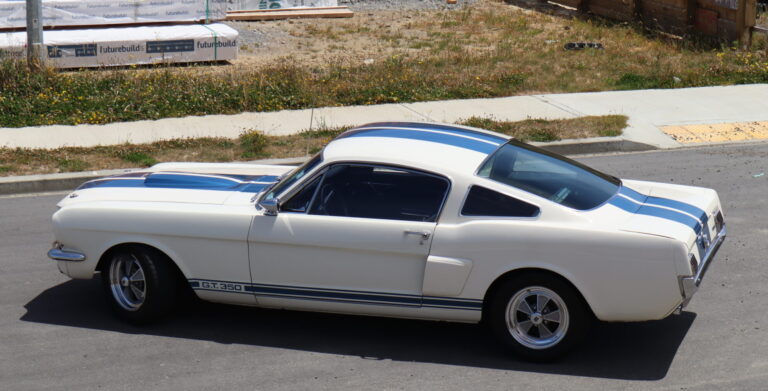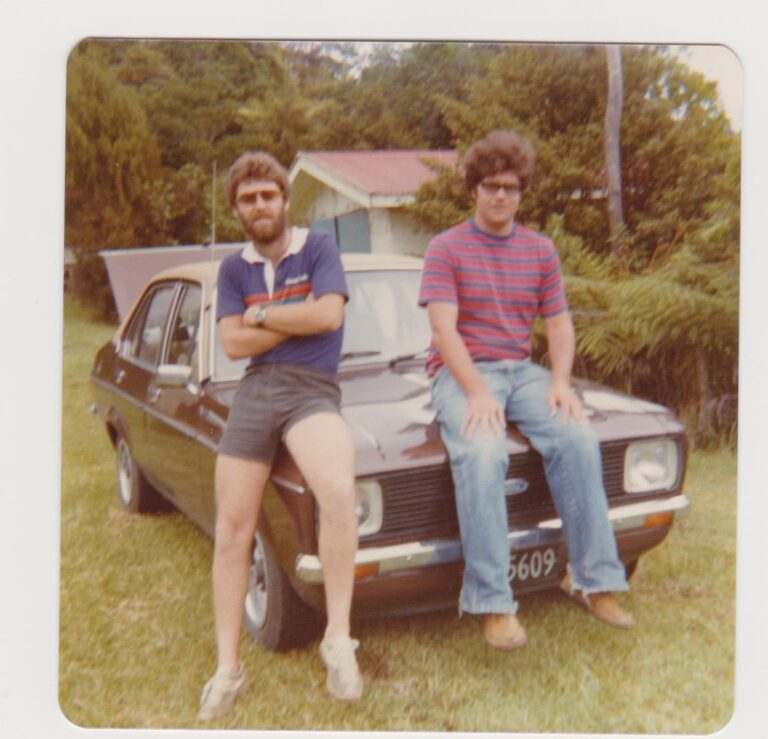Italian designer Giorgetto Giugiaro has retired from automotive design at the age of 76. Known as one of history’s most influential car designers, Giugiaro penned cars for brands including Volkswagen, Ferrari, Alfa Romeo, Lamborghini, BMW, and Bugatti. In 1999, Giugiaro was named Car Designer of the Century by the Global Automotive Elections Foundation, before going on to be inducted into the Automotive Hall of Fame in 2002.

Photo: sourced
In 1968, alongside Aldo Mantovani, Giugiaro founded the design and engineering company Italdesign Giugiaro. Little did the pairing know that their work would become revered worldwide. Giugiaro left Italdesign on the June 28, after the company’s final shares were sold to Audi.
Most well known for his work designing cars, Giugiaro designed many other things, including cameras for Nikon, guns, and even a form of pasta (well, he is Italian).
But, it will always be his cars that he will be best remembered for. Here’s five of his best.
5. 1981 DeLorean DMC-12

Photo: sourced
Most famous for its spot in the hit movie franchise Back to the Future, the DeLorean DMC-12 actually fell flat as a road car, with journalists labelling it slow and unreliable. But, its design, particularly its gull-wing doors have ensured that decades later, it still looks like something from the future.
4. 1977 BMW M1

Photo: sourced
The M1 remains BMW’s only mid-engined car to date, which is a shame, as its timeless looks are still relevant. Design cues from the M1 can still be seen in many of BMW’s current cars, including the recently launched i8.
3. 1995 Lamborghini Calà concept

Photo: sourced
Next to the majority of Lamborghinis, with their harsh lines and jagged angles, the Calà looks comparatively svelte and reserved. It was originally slated to replace the Lamborghini Jalpa, but was sadly shelved after the company was sold to Volkswagen Group in 1998.
2. 1984 Saab 9000

Photo: sourced
You know a design is good when it still looks fresh over a decade after its debut. This must have been Saab’s plan when they introduced the Saab 9000 in 1984, as the design hung around, largely without change, until 1998 — some 14 years later. Not just pretty, the 9000 also set the tone for Saab’s brand identity, with certain features remaining on their cars for years, until Saab Group’s ultimate demise in 2011.
1. 1974 Volkswagen Golf Mk1

Photo: sourced
Giugiaro’s Golf Mk1 helped lay the foundations for what would eventually become Volkswagen’s best-selling car. While the Golf was initially built as a replacement for the immortal Beetle, it would become a heroic car in its own right. It was, and remains, one of the most influential hatchback platforms ever made.


